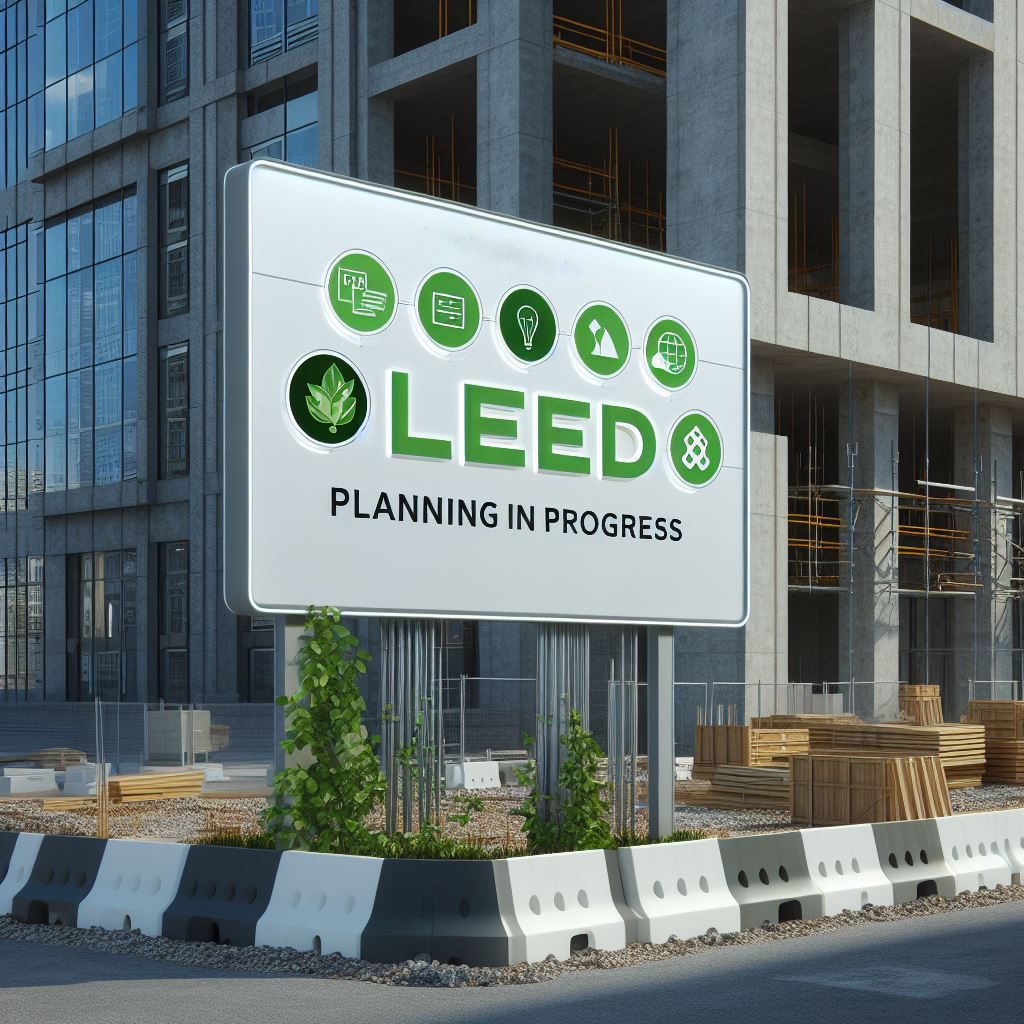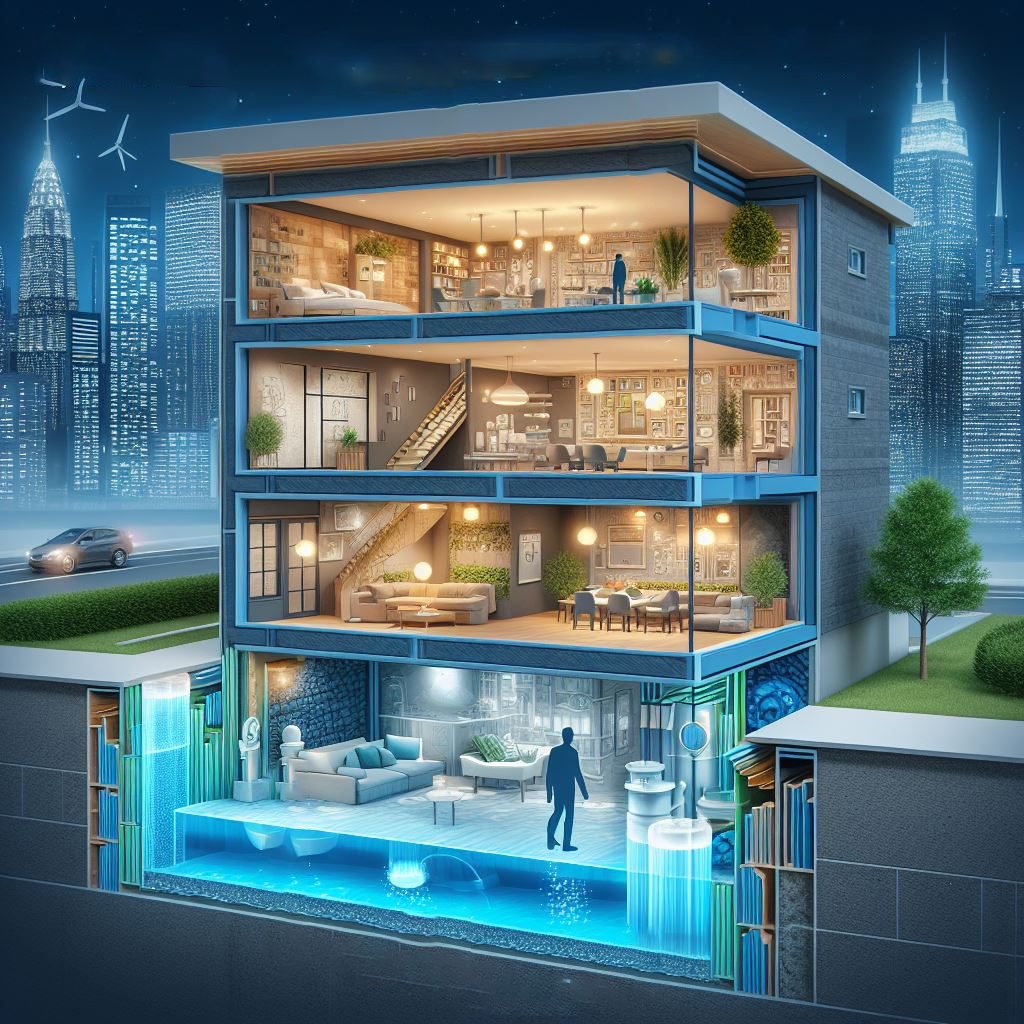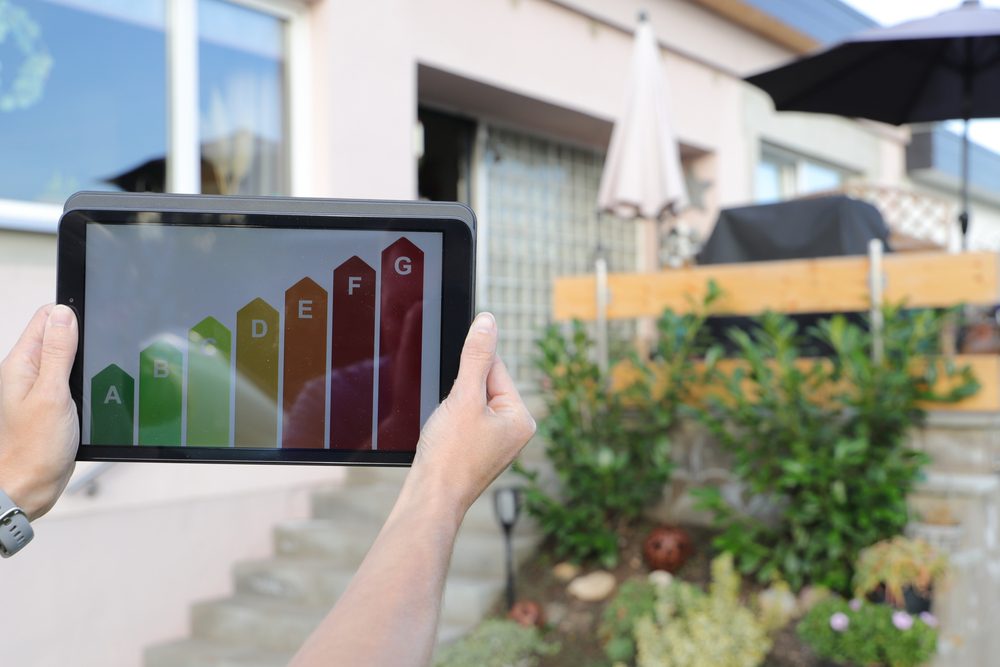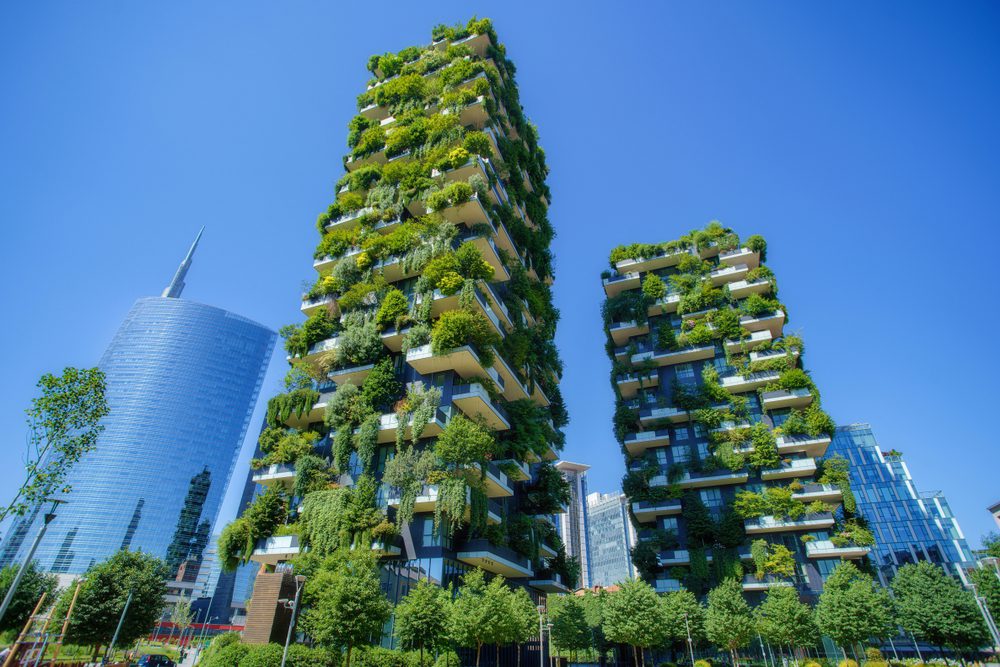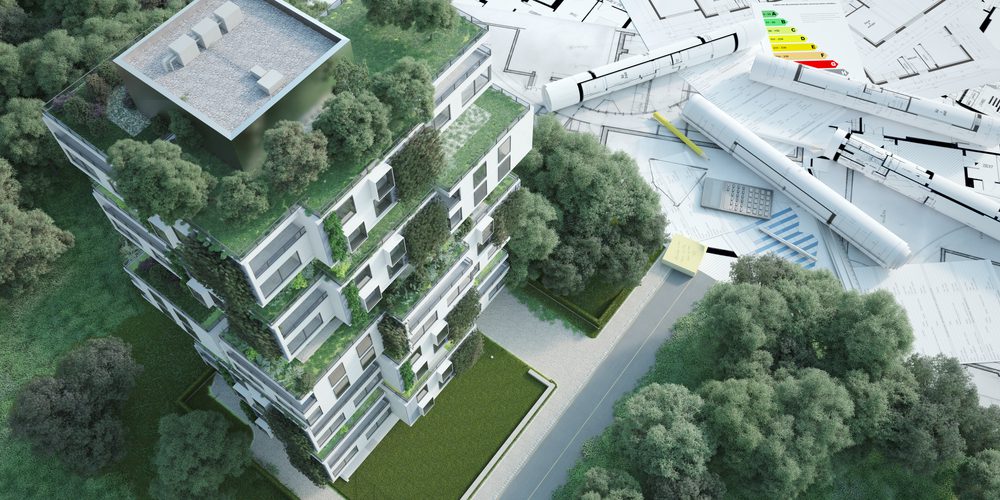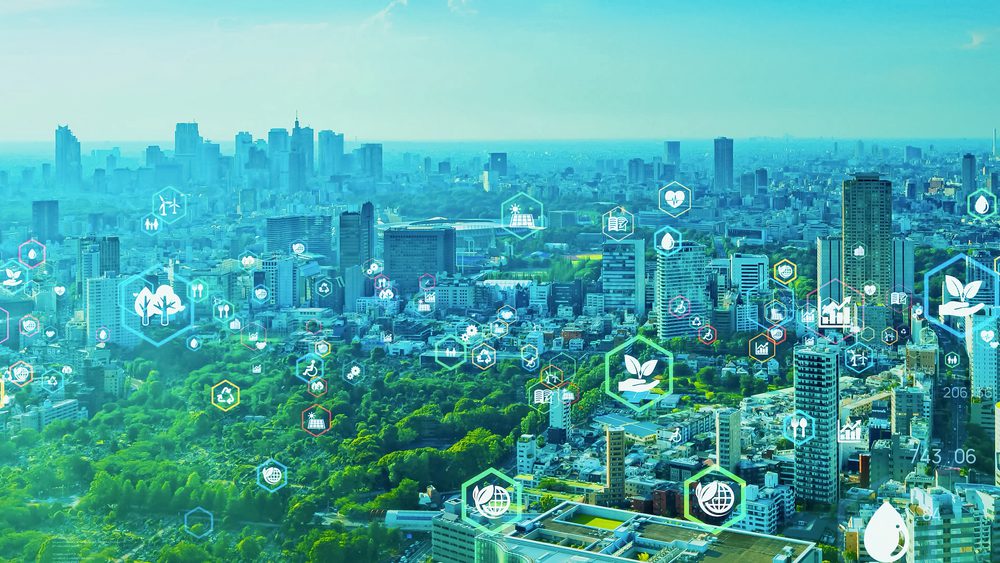Sustainability is no longer a buzzword but a prerequisite in the contemporary built environment. Central to this green revolution is the LEED (Leadership in Energy and Environmental Design) certification, a globally recognized symbol of sustainability achievement and leadership. However, the journey to LEED certification is often misunderstood as a costly one. This comprehensive guide aims to demystify the costs associated with LEED certification requirements and provide practical strategies for achieving it affordably.
Introduction to LEED Certification
The U.S. Green Building Council (USGBC) created LEED as the benchmark for eco-friendly building practices. This system allocates points to building projects based on their adherence to certain environmental standards and practices. The total points accrued by a project determine its LEED certification level, which can range from Certified to Silver, Gold, and the highest, Platinum.
For both commercial entities and residential owners, the significance of LEED certification is multifaceted. Buildings that meet LEED standards are recognized for using fewer resources and reducing environmental harm. These efficiencies often lead to decreased operational expenses and can enhance a property’s market value. This article aims to clarify the intricacies of obtaining LEED certification, confront the cost misconceptions, and offer strategies to secure certification in a cost-effective manner.
Detailed Understanding of LEED Certification
Levels of LEED Certification
– Certified: To achieve the basic certification, a project must meet all LEED prerequisites and earn a minimum number of points.
– Silver: This level requires a greater level of compliance with LEED standards and more points than the basic certification.
– Gold: Gold certification demands an even higher standard of sustainability and a larger number of points.
– Platinum: The pinnacle of LEED certification, Platinum requires the highest number of points and represents the utmost commitment to sustainability.
Benefits of Achieving LEED Certification
Sustainable buildings carry the promise of reduced utility costs, enhanced marketability, and a healthier environment for occupants. Additionally, LEED buildings often benefit from government incentives, have higher lease-up rates than conventional buildings, and retain higher property values.
Cost Implications of LEED Certification
While it’s true that some sustainability measures may have upfront costs, many are offset by long-term savings. Strategic planning can also minimize these expenses. Let’s dispel common misconceptions and explore how to optimize the cost-effectiveness of pursuing LEED certification.
Misconceptions Around LEED Certification Costs
Common Myths
One prevailing myth is that LEED certification dramatically increases construction costs. However, with advances in green technologies and a growing market of sustainable building materials, the cost difference has significantly decreased.
The Reality of Costs
A study by the USGBC notes that the cost of going green is overestimated by about 300%. In fact, the incremental costs of LEED certification have been shown to be much lower than public perception, and when measured against long-term operational savings, the investment can be quite compelling.
Strategies for Economic LEED Certification
Choosing Cost-Effective Materials
Sustainability does not necessarily equate to expensive. There is a wide range of affordable materials that can contribute to LEED points. These include:
– Recycled Materials: Using recycled content in building materials can reduce costs and meet LEED criteria for material reuse.
– Regional Materials: Sourcing from local vendors can save transportation costs and support the local economy.
– Certified Wood: Opting for wood certified by the Forest Stewardship Council ensures sustainably harvested wood at a competitive price.
Maximizing Energy Savings
Energy efficiency is a win-win for both the environment and the bottom line. Cost-saving opportunities include:
– Energy-Efficient HVAC Systems: While these systems might have a higher initial cost, the energy savings over time can be substantial.
– Enhanced Insulation: Better insulation means reduced heating and cooling costs, which pay off in the long run.
– Smart Lighting Design: Implementing daylighting and energy-efficient lighting systems can drastically decrease electricity usage.
Water Conservation Strategies
Water efficiency is increasingly important in sustainable building design. Affordable water-saving techniques include:
– Low-Flow Fixtures: These fixtures are comparably priced to traditional ones but save a significant amount of water.
– Native Landscaping: Choosing local plant species can eliminate the need for extensive irrigation.
– Rainwater Harvesting: While the setup cost can be significant, rainwater collection systems can provide a return on investment through reduced water bills.
Mastering LEED Point Allocation
Understanding the LEED point system is crucial for cost-effective certification. Not all credits require significant investment, and some can be achieved through smart planning and design, such as:
– Site Selection: Choosing a site with environmental considerations can earn points without added cost.
– Innovation in Design: Unique, low-cost strategies that surpass LEED requirements can earn extra points.
Expert Guidance
LEED-accredited professionals have the knowledge to guide projects through the certification process efficiently. Their expertise often saves time and money by:
– Avoiding Unnecessary Steps: Concentrating on the most cost-effective measures to gain points.
– Streamlined Documentation: Experienced professionals can streamline the documentation and submission process, reducing administrative costs.
Strategic Project Planning
A cost-effective project timeline is essential. By incorporating LEED strategies early, you can:
– Reduce Redesign Costs: Early integration of LEED strategies prevents costly redesign or retrofitting.
– Capitalize on Incentives: Early planning allows you to apply for grants, rebates, or financing reserved for sustainable projects.
Harnessing Additional Resources for LEED Certification
Support and Incentive Programs
Several organizations and government entities offer incentives that lower the cost of sustainable building. These include:
– Federal Tax Credits: Tax incentives for energy efficiency are available for both commercial and residential buildings.
– State and Local Programs: Many local governments have grant programs aimed at promoting sustainable building practices.
Educational Resources
A wealth of knowledge is available online for those pursuing LEED certification. Resources to consider are:
– Free Webinars and Courses: Organizations like the USGBC offer webinars that can provide insights into the certification process.
– LEED User Groups: Networking with other professionals pursuing LEED can provide invaluable tips and strategies.
Conclusion: Achieving Affordability in LEED Certification
Breaking down the barriers to LEED certification can reveal that it is an attainable goal, even on a tight budget. This guide has outlined actionable steps for businesses and homeowners to achieve LEED certification without incurring excessive costs. From material choices to design and planning, the path to certification is paved with opportunities for savings and value enhancement.
The call for sustainable building practices is louder than ever. As we’ve seen, LEED certification is not only beneficial for the environment but economically viable. We encourage organizations and individuals to pursue sustainability not as a cost burden but as an investment in a greener future. With the right approach and resources, achieving LEED certification is within reach, offering both short-term and lasting benefits that go well beyond mere cost savings.
VertPro.com serves as a resourceful platform for property owners and managers seeking to enhance their buildings’ energy efficiency. The site offers a range of services, including Commercial Energy Audits, Benchmark Compliance consultancy, and a Construction Marketplace. At the heart of VertPro® is a suite of SaaS technology-based solutions designed to assist in navigating the complexities of Energy Benchmarking and Energy Audits/RCx Plus, while ensuring adherence to over 60 Energy Benchmarking and Energy Efficiency Laws across the country.
For those looking to improve their property’s energy usage and operational value, VertPro.com provides a diverse array of tools and information. The site aims to facilitate a better understanding of energy efficiency practices and legislation, helping building owners and property managers make informed decisions about their energy strategies while complying with all energy ordinances and laws.
